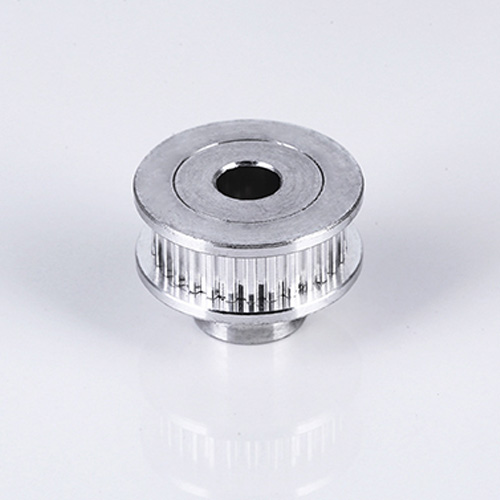When designing plastic molds for injection molding, we must consider both plastic melt flow behavior and other plastic processing process requirements, as well as mold manufacturing and assembly and other mold structure issues. Plastic mold is a tool used in the plastic processing industry to match plastic molding machines, giving plastic products a complete configuration and precise dimensions. Due to the variety of plastics and processing methods, the structure of plastic molding machines and plastic products is also complicated, so the types and structures of plastic molds are also diverse. Our company is a modern private enterprise that integrates product development and design, plastic mold processing, precision mold manufacturing, product injection, oil injection screen printing, and electronic assembly. It is located on Bihu Avenue, Fenggang, Dongguan City, with convenient transportation.
We mainly produce all kinds of precision plastics such as household appliances, digital, communication, office, computers, network and so on. Through cooperation with different customer cases with different requirements, different types of hot runner systems are used to manufacture and manufacture molds, while vigorously developing ultra-precision molds, IMD / IML and other cutting-edge technologies to increase the company’s technological competitive advantage. It is PHILIPS, Toshiba, Hitachi, etc. The remote control series mainly include ASUS, Haier, Helian, Wanshiyi, etc., and there are other office equipment product series.
- 1. Understand the flow behavior of plastic melt, consider the resistance and flow speed of plastic flowing in the flow channel and cavity, and verify the maximum flow length. According to the direction of plastic flow in the mold, consider the problem of plastic remelting in the mold and the original air in the cavity.
- 2. Consider plastic shrinkage and shrinkage during cooling.
- 3. Control the crystallization and orientation of plastic in the mold and improve the internal stress of plastic products through mold design.
- 4. The choice of gate and parting surface.
- 5. The problem of horizontal part core pulling and ejection of the parts.
- 6. The cooling or heating of the mold.
- 7. The relationship between the size of the mold and the injection machine used, including the relationship between the maximum injection volume of the injection machine, the clamping force, and the size of the mold mounting part.
- 8. The overall structure of the mold and the shape of the parts should be simple and reasonable. The injection processing mold should have appropriate accuracy, surface roughness, strength and rigidity, and it is easy to manufacture and assemble.



